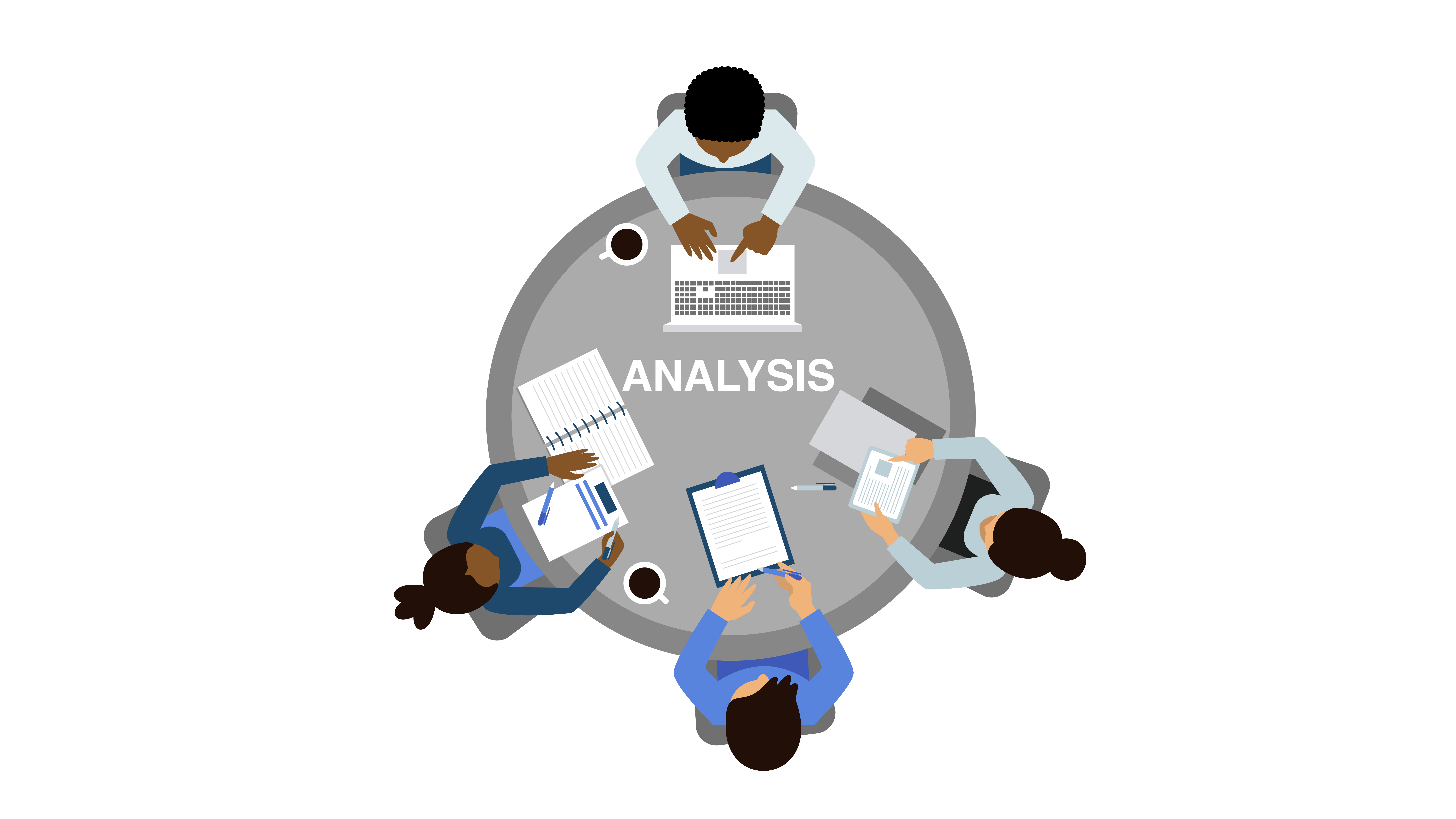All Categories
Featured
Modern businesses require a central place to store customer data platforms (CDPs). It is a critical tool. They provide an enhanced and more comprehensive view of customers they can use to target marketing and personalize customer experiences. CDPs provide a variety of options, including data governance, data quality and data formatting, as well as data segmentation, as well as compliance to ensure that customer's information is collected, stored and utilized in a safe and well-organized manner. CDPs are a great way for companies to collect and store customer data in a CDP lets companies engage with customers and put them at the heart of their marketing initiatives. It also allows you to pull data from various APIs. This article will explore the advantages of CDPs for businesses.
cdp data
Understanding the CDP. The Customer data platform (CDP) is a piece of software that allows companies to gather, store and manage customer information from one central place. This gives an exact and complete view of the customer. This can be used to target marketing and more personalized experiences for customers.
-
Data Governance Data Governance: One of the most important characteristics of a CDP is its capability to categorize, safeguard, and regulate information being integrated. This can include profiling, division and cleansing of the incoming data. This ensures that the organization is in compliance with the regulations on data and regulations.
-
Data Quality: Another important aspect of CDPs is ensuring that the data obtained is of the highest quality. This involves ensuring that the data is correctly recorded and is of the highest quality standards. This can help to reduce expenses for cleaning, transforming and storage.
-
Data Formatting is a CDP can also be used to ensure that data adheres to an established format. This permits data types such as dates to be linked across customer data and ensures consistency and logic in data entry. cdp customer data platform
-
Data Segmentation Data Segmentation CDP allows you to segment customer information to better understand your customers. This lets you compare different groups to one another and get the most appropriate sample distribution.
-
Compliance The CDP lets organizations handle the information of customers in a legal manner. It lets you define safe policies and classify information in accordance with them. It can also help you identify policy violations when making decisions about marketing.
-
Platform Selection: There's many CDPs, so it is essential to understand your requirements prior to choosing the one that is best for you. Be aware of features like privacy , as well as the possibility of pulling data from different APIs. cdp data platform
-
The Customer at the Heart of Everything This is why a CDP allows the integration of raw, real-time customer information, giving the speed, accuracy and unison that every marketing department needs to enhance their processes and engage their customers.
-
Chat billing, Chat With a CDP it's easy to gain the background you require to have a productive conversation, no matter if it's past chats and billing or other.
-
CMOs and big-data: Sixty-one percent of CMOs feel they're not making use of enough big data, according to the CMO Council. The 360-degree customer view offered by CDP CDP is a great way to overcome this problem and allow for better marketing and customer interaction.
With many different types of marketing innovation out there every one usually with its own three-letter acronym you might wonder where CDPs originate from. Although CDPs are amongst today's most popular marketing tools, they're not a totally brand-new idea. Rather, they're the current action in the evolution of how online marketers manage customer information and client relationships (Customer Data Platforms).

For a lot of marketers, the single biggest value of a CDP is its ability to sector audiences. With the abilities of a CDP, online marketers can see how a single consumer engages with their company's various brands, and determine opportunities for increased personalization and cross-selling. Of course, there's far more to a CDP than division.
Beyond audience division, there are 3 big factors why your business may want a CDP: suppression, personalization, and insights. One of the most interesting things online marketers can do with data is determine customers to not target. This is called suppression, and it belongs to delivering truly customized consumer journeys (Cdp Analytics). When a consumer's merged profile in your CDP includes their marketing and purchase information, you can suppress advertisements to clients who've currently bought.

With a view of every client's marketing interactions connected to ecommerce information, site check outs, and more, everybody throughout marketing, sales, service, and all your other groups has the chance to understand more about each consumer and provide more customized, pertinent engagement. CDPs can assist online marketers attend to the root triggers of a number of their biggest everyday marketing problems (What is a Cdp).
When your data is disconnected, it's harder to understand your customers and create meaningful connections with them. As the number of information sources used by marketers continues to increase, it's more crucial than ever to have a CDP as a single source of fact to bring everything together.
An engagement CDP utilizes customer information to power real-time customization and engagement for clients on digital platforms, such as sites and mobile apps. Insights CDPs and engagement CDPs make up most of the CDP market today. Very couple of CDPs consist of both of these functions equally. To select a CDP, your business's stakeholders need to think about whether an insights CDP or an engagement CDP would be best for your requirements, and research the few CDP alternatives that consist of both. Cdp's.
Redpoint GlobalLatest Posts
Combining Raw, Real-time Customer Data with a CDP
CDPs and the Importance of Data Governance for CMOs
The Role of CDPs in Reducing Additional Expenses for Data Management